Delving deeply into the design influences that have shaped American places, LALH books and films explore the exceptional inventiveness of American landscape architects, from Frederick Law Olmsted to Ruth Shellhorn.
Engaging histories offer insight into the places these individuals helped create, and guidance for the stewards who care for them today. Today’s practitioners find inspiration in long-forgotten works that reflect timeless principles of beauty and environmental balance.
LALH books and films also provide perspective on less sanguine cultural forces that have shaped gardens, parks, and cities through the decades, in particular the prejudices and injustices that undermine equality. Landscape history offers a unique and compelling lens on the past and deepens our understanding of the present.
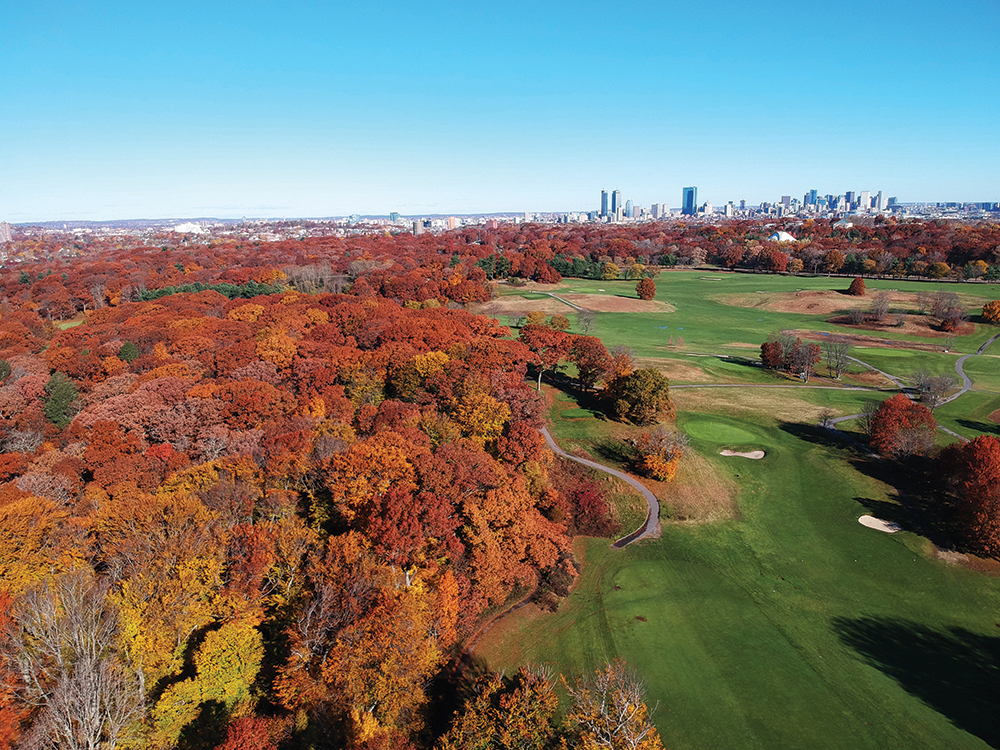
In 2023, the Emerald Necklace Conservancy gave copies of Boston’s Franklin Park: Olmsted, Recreation, and the Modern City to each of its board members and major donors. Ethan Carr’s book informed the Franklin Park Action Plan and was the basis for his op-ed in the Boston Globe urging “that the park be treated as a whole, not as a series of sites to exploit.”
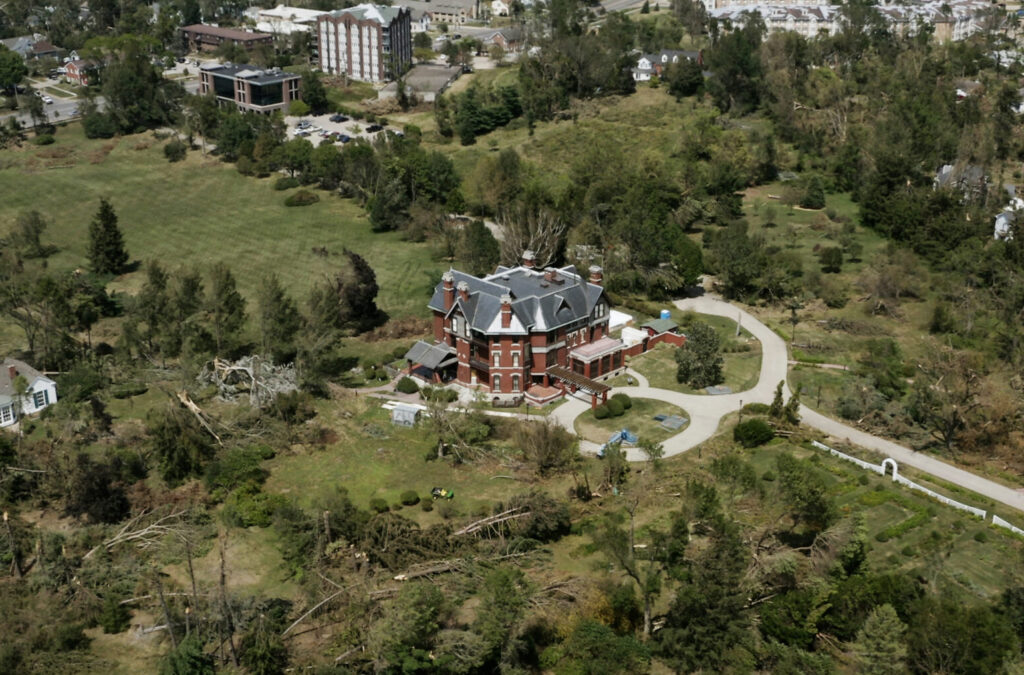
After a 2020 storm ravaged the Brucemore estate in Cedar Rapids, Iowa, destroying much of the original design by landscape architect O. C. Simonds, Seelman Landscape Architecture launched a restoration. The local firm’s multiyear effort was guided by Simonds’s 1920 book, Landscape-Gardening, reprinted by LALH in 2000 with an introduction by Robert E. Grese.
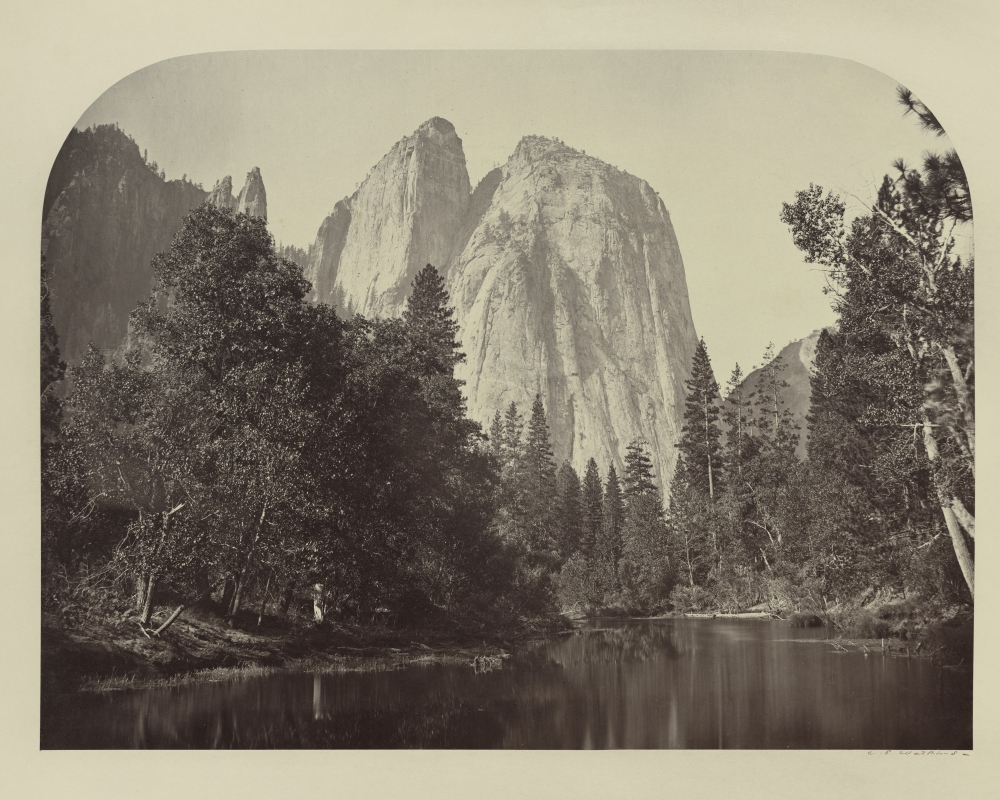
The National Park Service uses Olmsted and Yosemite: Civil War, Abolition, and the National Park Idea (2022) to educate park managers in the early history of the park system and the importance of incorporating a more inclusive story of its origins into interpretive programs nationwide.
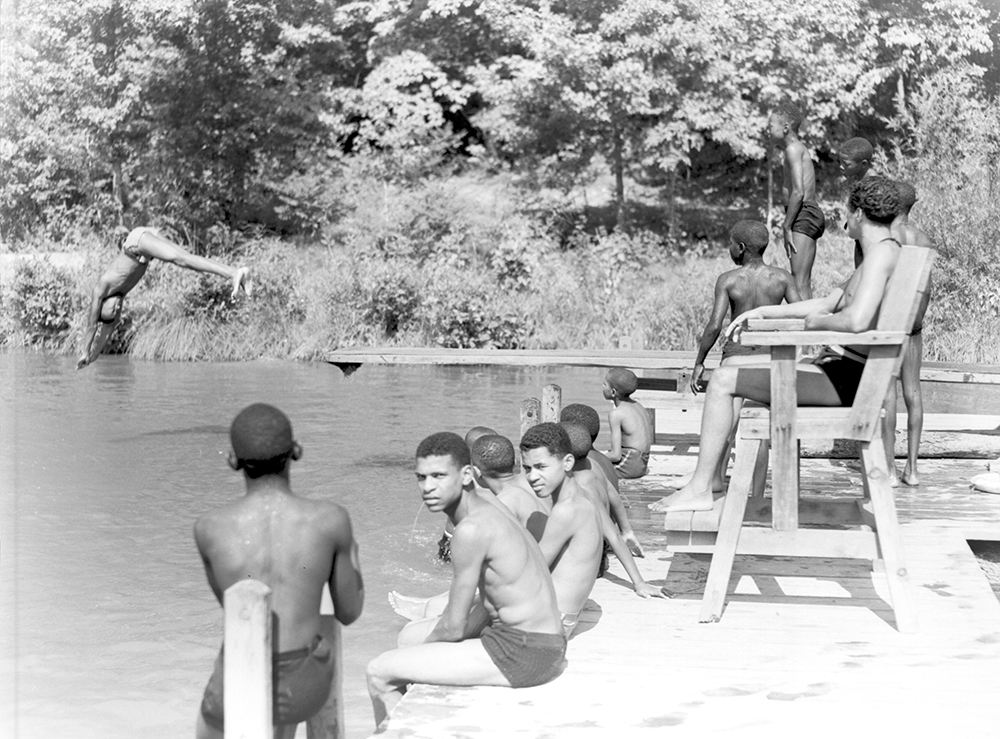
Landscapes of Exclusion (2015 / paper 2022) exposes institutionalized racism in state parks during Jim Crow, and how a “separate but equal” doctrine led to substandard scenic resources, construction, and maintenance in segregated parks throughout the South.
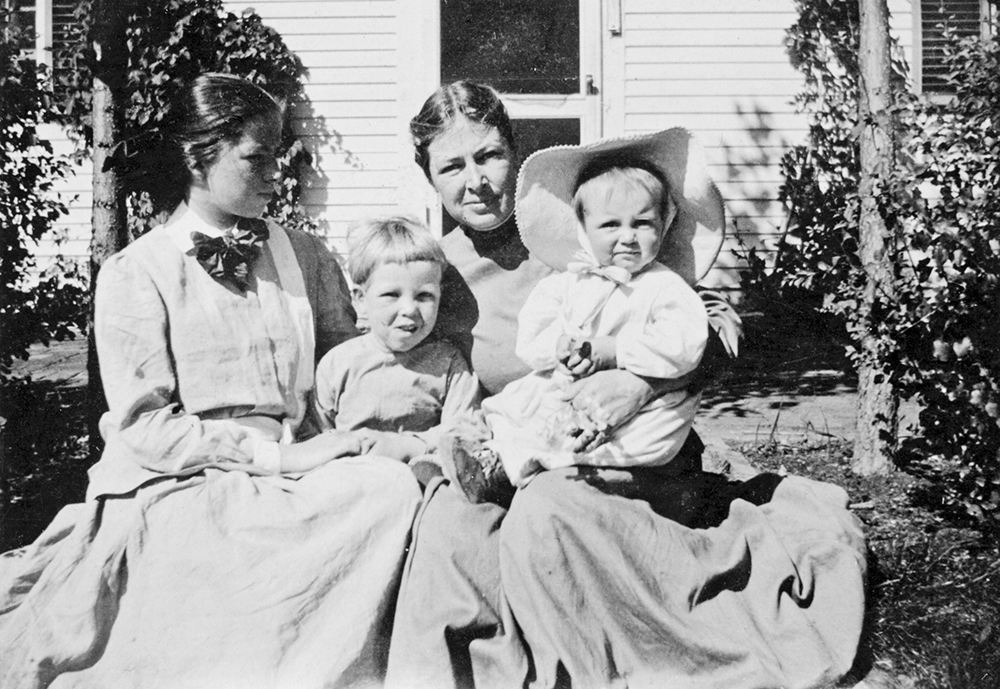
Landscape architecture was one of the few professions open to women in the early twentieth century. The Gardens of Ellen Biddle Shipman (1996) sold over five thousand copies, inspiring renewed interest in the landscape architect’s work and the restoration of her gardens.
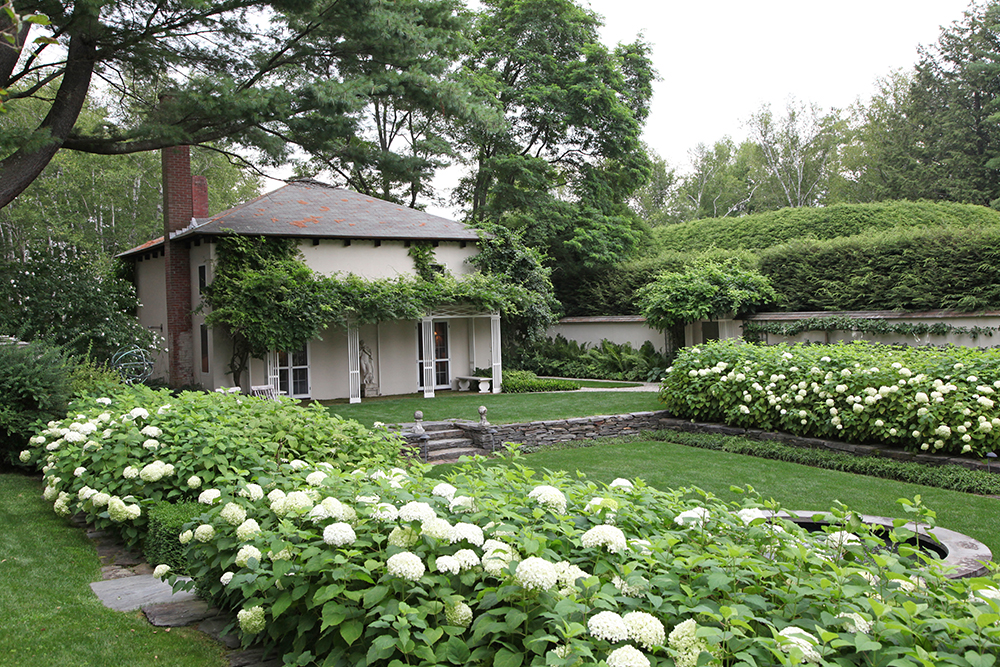
Ellen Shipman and the American Garden (2018), a revised edition of the 1996 biography, discusses the restoration of the Italian Garden at the Cummer Museum of Art in Jacksonville, Florida; Longue Vue House & Gardens in New Orleans; and Owl’s Nest, the Eugene du Pont estate in Greenville, Delaware, among many other Shipman gardens revived after the book’s first publication.
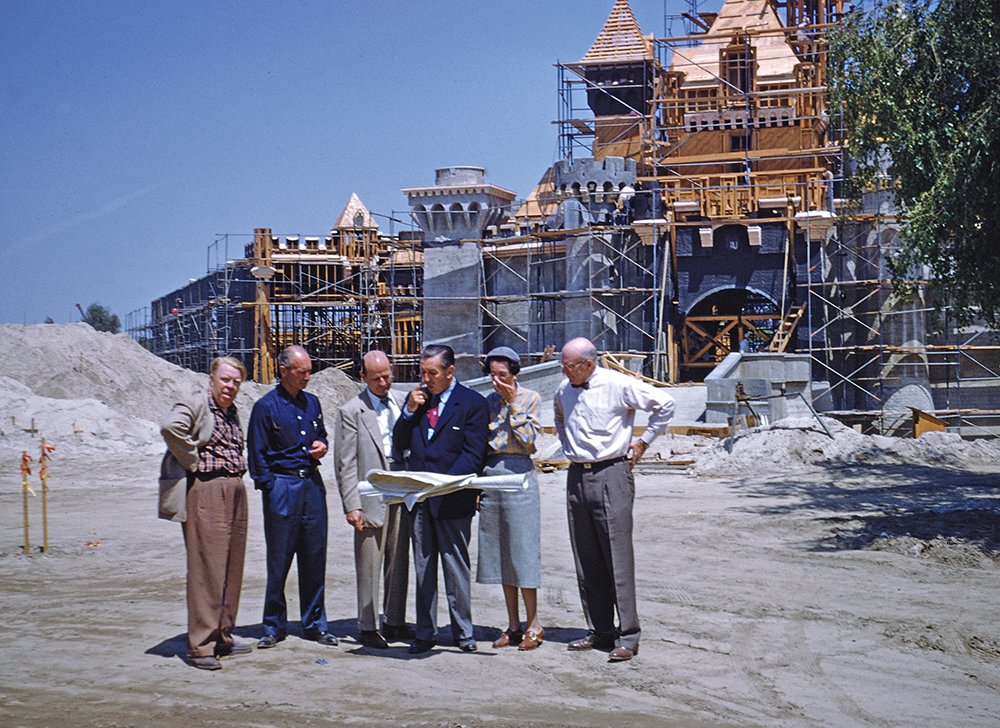
Ruth Shellhorn (2016) explores the life and practice of the highly esteemed midcentury California practitioner, including her unconventional marriage to Harry E. Kueser, who left his banking job to become her office manager.
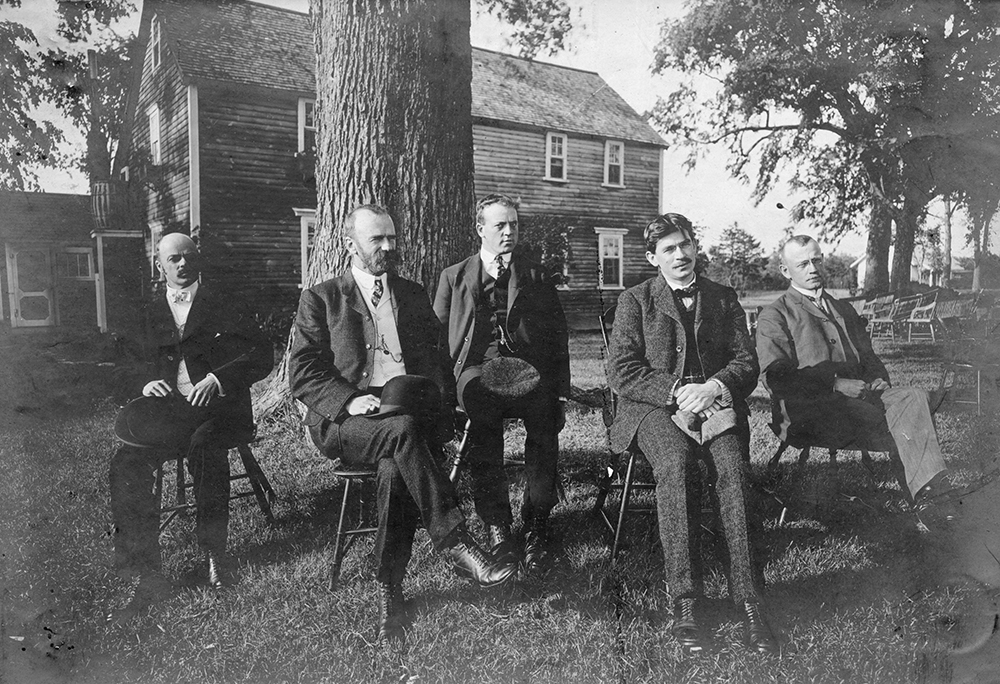
An inspired and prescient environmental planner, Manning also held entrenched racist beliefs, many of which were grounded in the flawed science of geographic determinism. Warren H. Manning (2017) is the first book to grapple with his complex legacy.
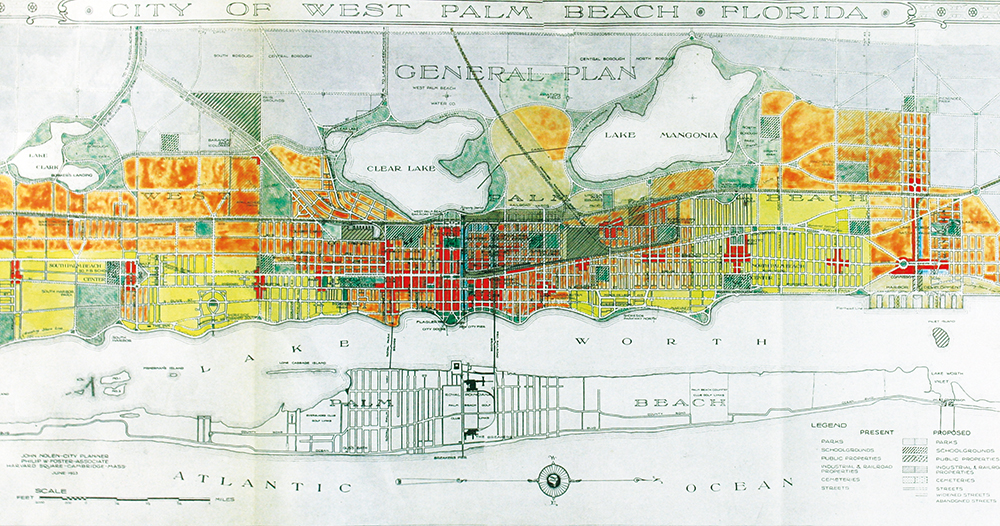
John Nolen, Landscape Architect and City Planner (2015) discusses Nolen’s struggle to reconcile his planning work with his conscience. In West Palm Beach he argued for merging white and Black settlements, and town officials rebelled.
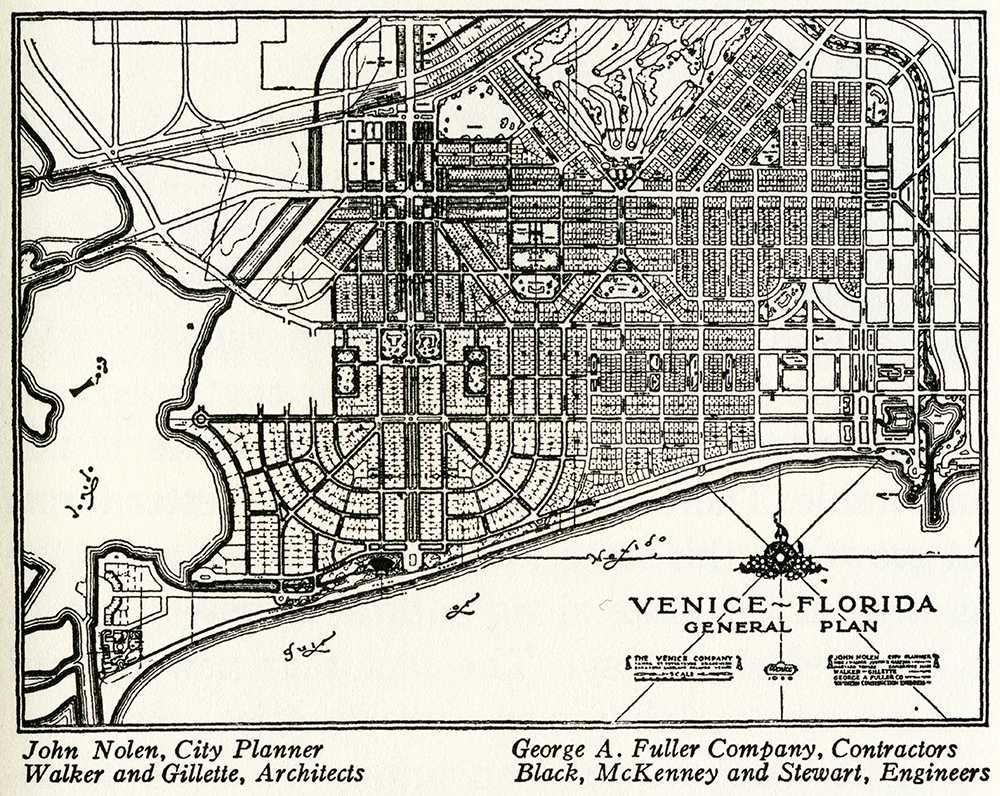
The introduction to John Nolen’s book New Towns for Old (2005) brings contemporary perspective to several of Nolen’s most important town planning projects, one of which was Venice, Florida. His Venice town plan included Harlem Village, with schools, parks, playgrounds, a lake, and a town green—“a tract completely for Negro village life.”
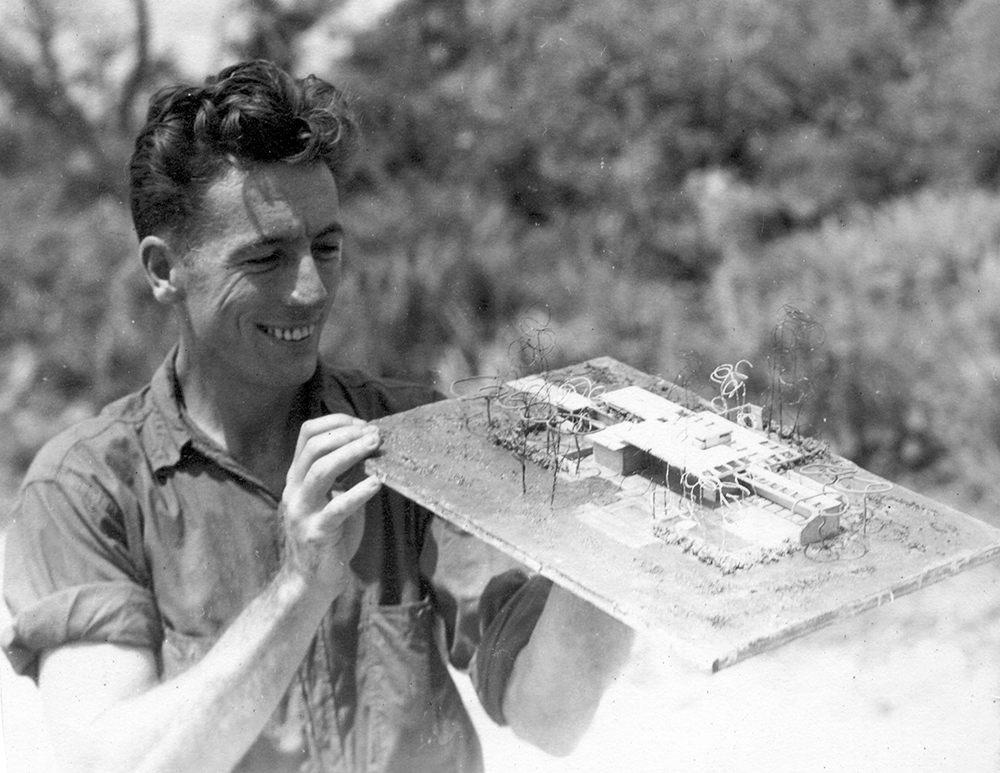
Many landscape architects working in the first half of the century were gay or lesbian, including James Rose, whose career was affected by the entrenched homophobia of the time. James Rose (2017), the first book to explore the life and work of this highly original designer, opens the door for similar studies.
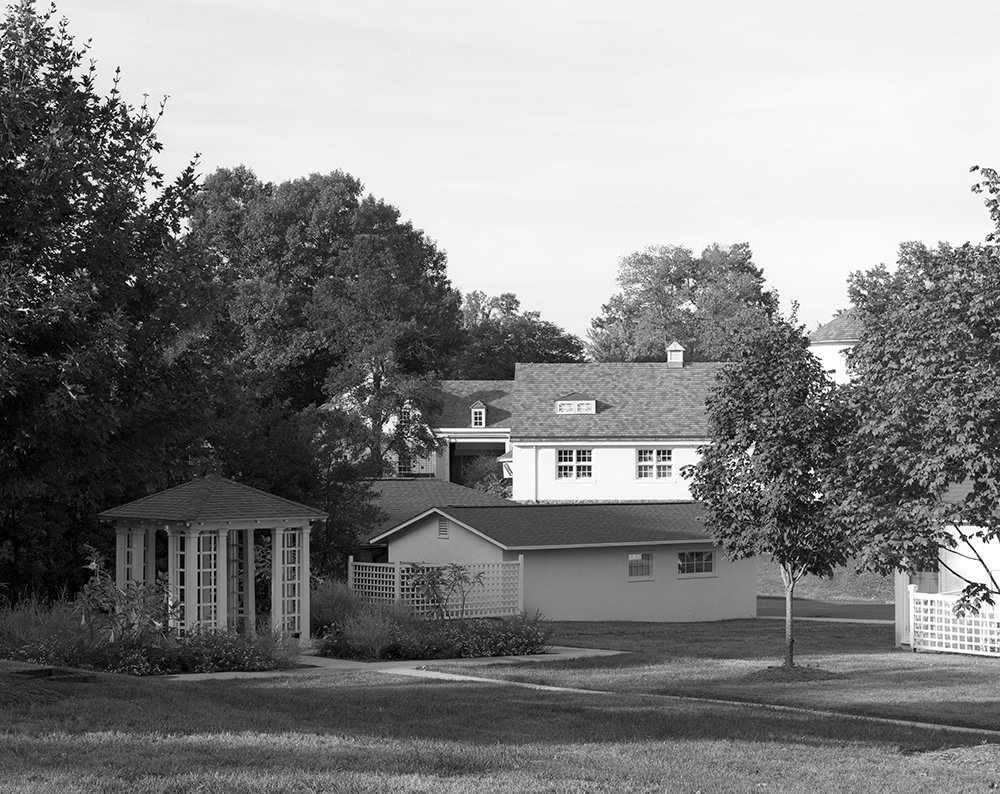
Katharine Reynolds was deeply stirred by Progressive Era notions of social betterment, and she used her husband’s vast tobacco fortune to create Reynolda, a utopian community intended for the well-being of Black as well as white residents. A World of Her Own Making (2007) provides perspective on Reynolds’s motivations and their physical expression in the village buildings and landscape, now stewarded by Wake Forest University.
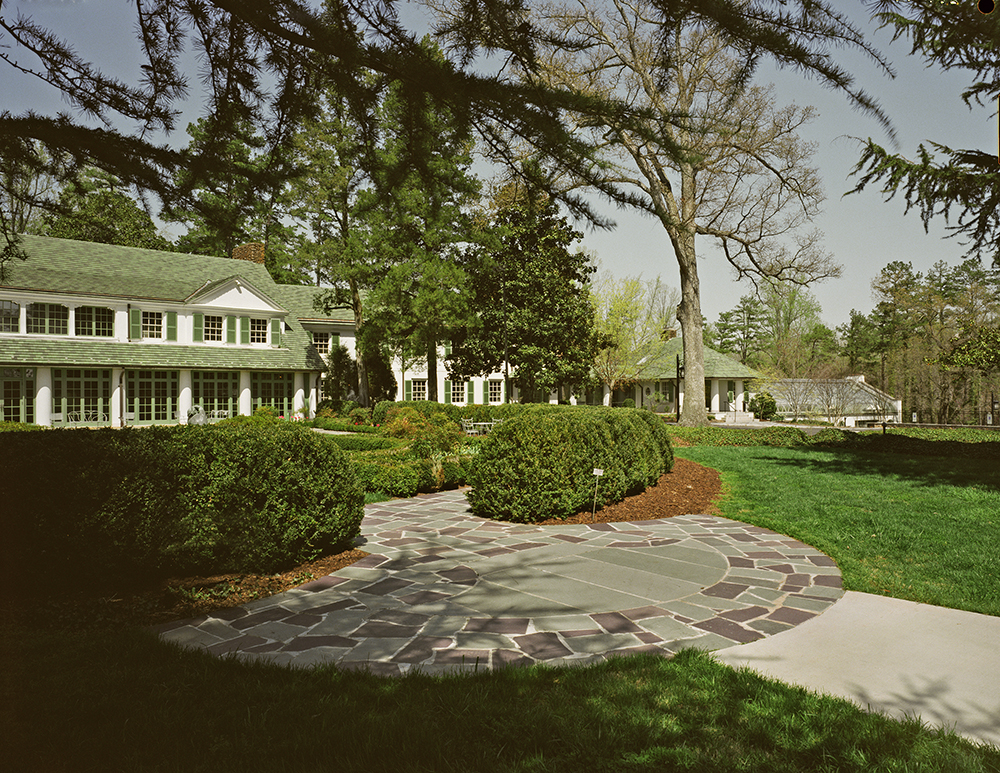
A World of Her Own Making (2007) helped the stewards of Reynolda House Museum of American Art select a design for a new museum wing that would not intrude on the historic landscape.

The Native Landscape Reader (2011) is the first collection of articles reflecting long-standing American perspectives on land conservation, design, and reverence toward nature. The editor provides historical context for these writings and discusses them in the present moment of environmental crisis.
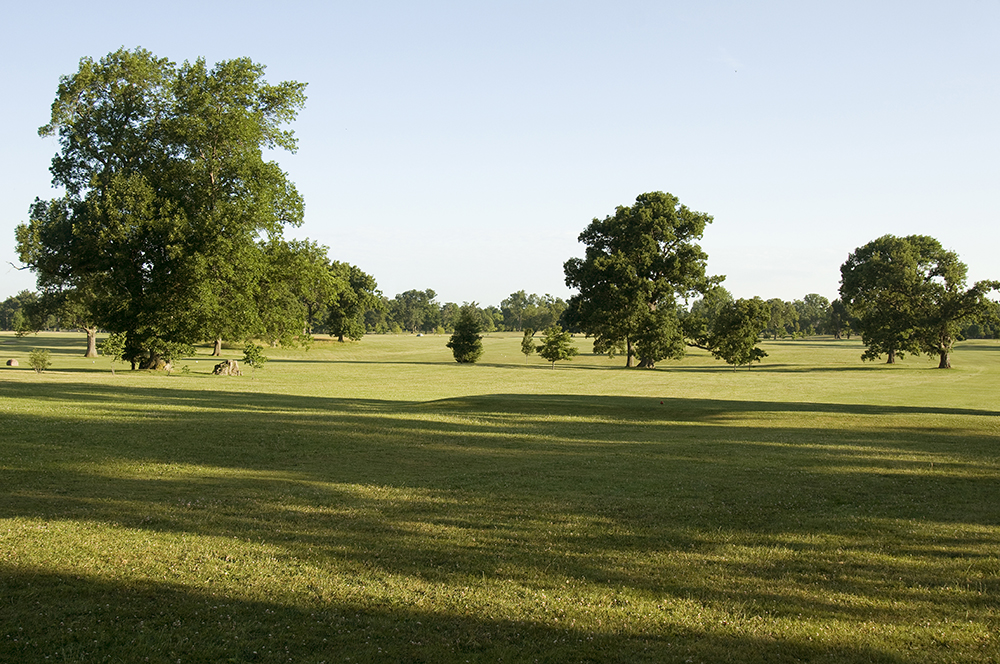
The Best Planned City in the World (2013) illuminates the brilliance of the Olmsted and Vaux plan. Members of the Buffalo Olmsted Parks Conservancy are using the book and LALH film to rally support to recover park area lost to development.
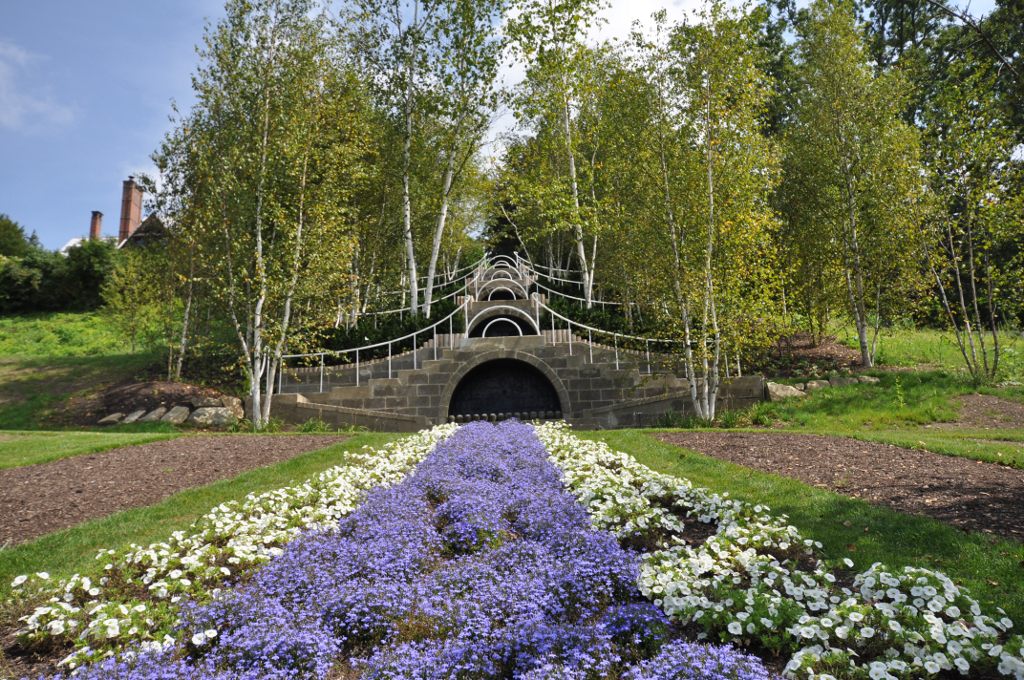
The film Fletcher Steele and Naumkeag: A Playground for the Imagination (2012) was used by The Trustees of Reservations to build support for a $2 million restoration campaign. Information from Fletcher Steele, Landscape Architect (2003) has helped set priorities for the initiative.

Graceland Cemetery, A Design History (2012) reveals that many designers had a hand in shaping this famous place. Stewards of the site use the book to guide restoration decisions with this complexity in mind.
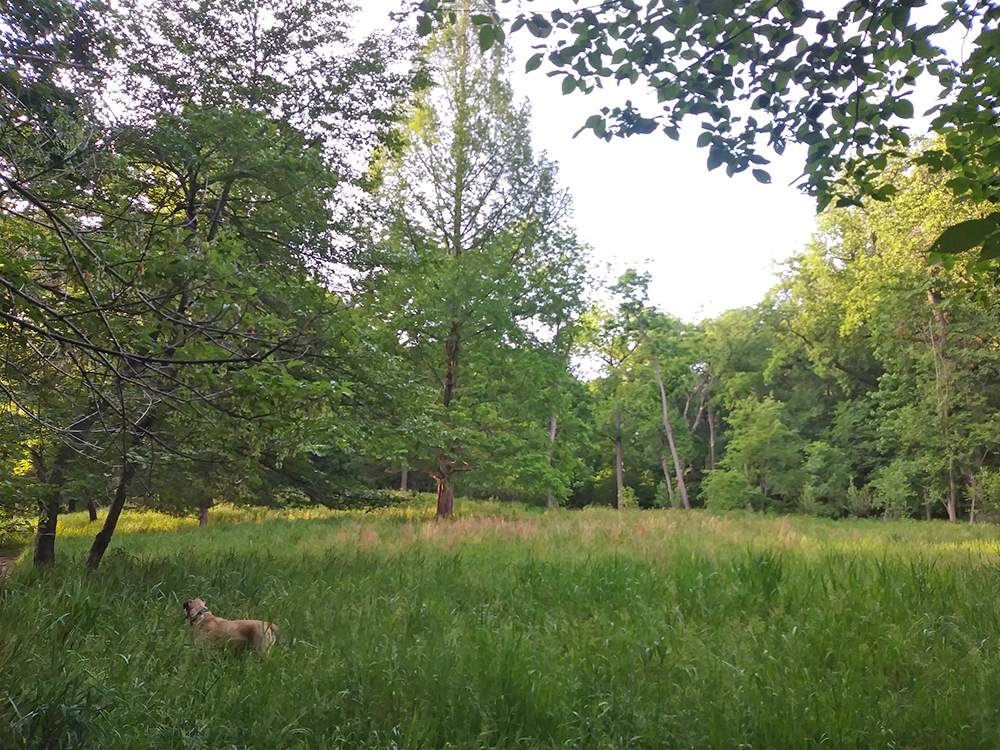
A Genius for Place (2007) makes the case that Dumbarton Oaks Park is a unique and important work of American art. The Dumbarton Oaks Park Conservancy uses the book to educate the public about the park’s value and restoration potential.
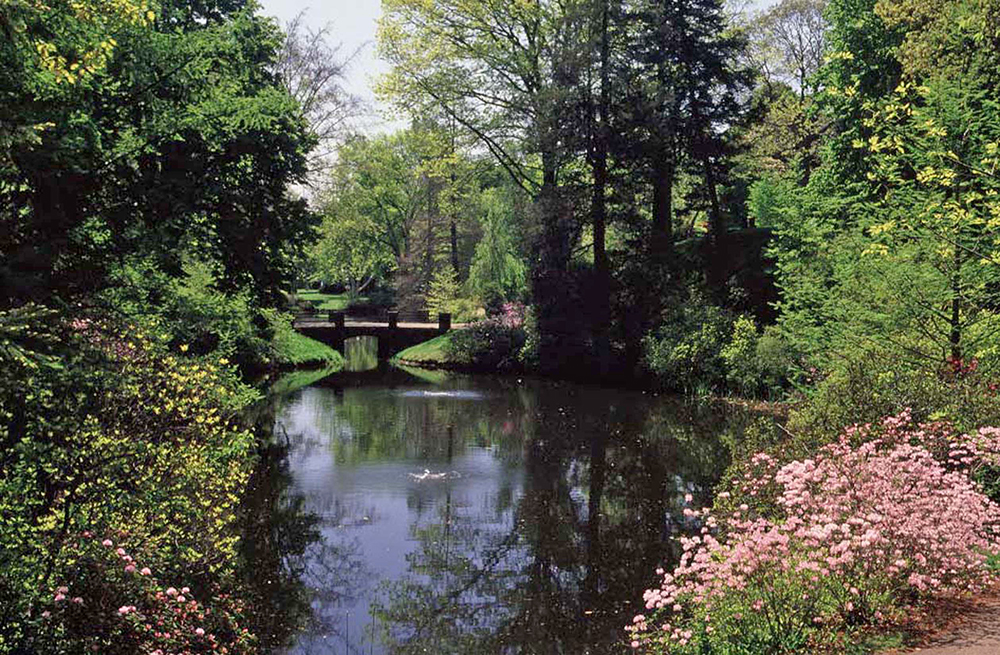
Silent City on a Hill (2007) has rallied support for preservation of nineteenth-century cemeteries throughout the country.

Fletcher Steele, Landscape Architect (2003) garnered support for restoring the Camden Public Library amphitheater designed by Fletcher Steele c. 1930 and designating it a National Historic Landmark in 2013.
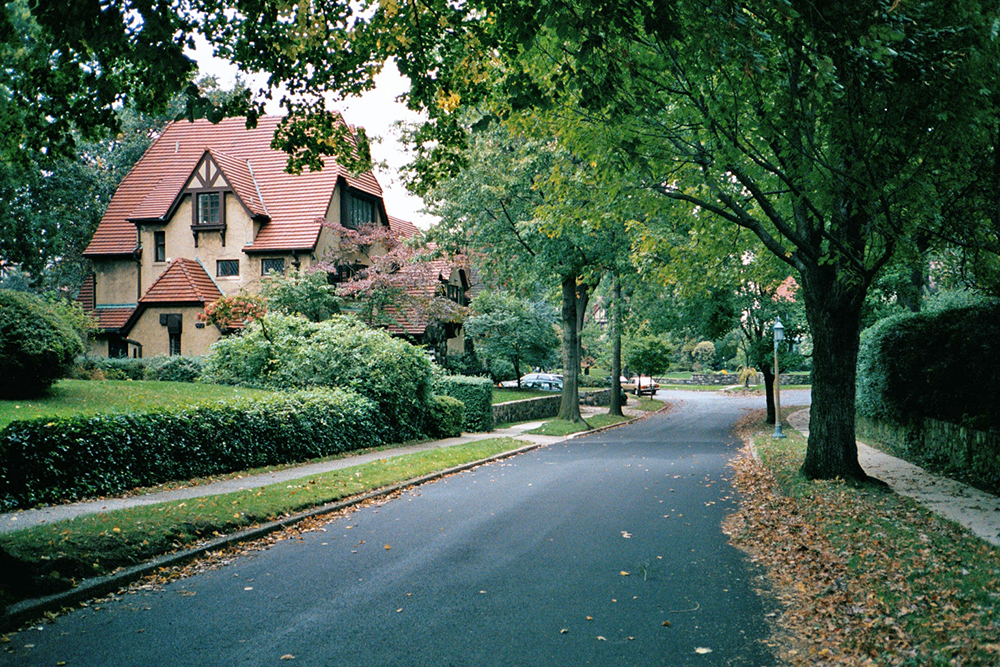
A Modern Arcadia (2002) has helped residents of Forest Hills Gardens determine design guidelines for updates to homes, grounds, and parks in the 1907 commuter suburb planned by Frederick Law Olmsted Jr.